Big news: Kickfin’s best-in-class tip calculation tool has some exciting new bells and whistles.
If you’re already using Kickfin’s tip pool calculator, then you know how much time and hassle you’re saving by automating everything. (And if you’re not? Head over to our tip pooling software page to see how it works!)
As we partner with more restaurants to bring their tip management into the future, we’re continuing to innovate our product so we can address their biggest pain points.
In this case, that means enhancing our tip pooling features so you can auto-calculate tip amounts even for the most complex tip pool or share policies.
Check out a few of our latest features that will make tip calculations easier than ever.
🕺 Splitting large party tips
If your restaurant often hosts large parties, you know that the tip share can get confusing. Say one server is taking care of a party of 40 with a bartender assigned to only make drinks for that party. Meanwhile, the server has a few other two-top tables that are getting drinks from the main service bar. At the end of the night, how do you ensure that the large-party bartender gets their fair share of the tip out (without spending an hour on your phone calculator)?
Kickfin can now automate that process for you, alleviating questions from your event bartender and saving time and effort on the part of your managers.
📲 Seamless POS integrations
Kickfin is partnering with the top POS systems to integrate seamlessly with your existing restaurant tech — including Toast, Heartland, Shift4 and more.
DID YOU KNOW? Kickfin integration users get access to new product features first, like our new tip-out transparency tool — which allows your staff to log into their Kickfin accounts and see exactly how their tips have been split between team members. An added layer of visibility can go a long way in cultivating trust (and eliminating those pesky tip disputes).
💸 (Re)Allocation of manager tips
We’re always listening to feedback to improve the Kickfin experience, and this one goes out to all of our restaurant partners who asked us to streamline the manager tip reallocation process.
>>Learn more about managers and tipping laws
In most cases, managers are not allowed to earn tips since they are salaried employees. But we all know that managers often step in and take care of tables to help servers get out of the weeds. Well-meaning guests will most likely leave a tip, not knowing that the manager technically can’t accept them — so where does that money go?
Kickfin now features a default pool, where tips “paid” to a manager are automatically redistributed to tipped staff based on your restaurant’s tip policy.
🤓 Improved labor data accuracy
We all know how easy it is for an employee to forget to clock out after a long shift. And sure, they aren’t going to get paid for a 16-hour overnight shift, but when payday comes around, those extra hours create a nightmare for your payroll team.
With Kickfin, all employees are required to be clocked out in order to finalize payments — so you’ll catch the labor data mistake long before your payroll team has to sort it out.
🔑 Even better security
We’re committed to protecting your business (and your employees’ hard-earned money), so we’re adding an extra layer of security for certain transactions.
You can now enable double approval of payments that meet certain conditions:
- First payment for new employees
- Employees getting their first payout in X number of days
- Employees receiving more than X payouts in a 24-hour period.
With these extra guardrails in place, you can always be sure that the right money is going to the right person. Reach out to our support team to configure your custom security measures.
Using Kickfin is a win-win for operators, managers, and employees alike. Restaurateurs save on cash delivery and labor costs, managers shave hours off their workload, and servers have the same instant payment that they’re used to — without the hassle and uncertainty of cash.
Want to learn more about Kickfin? Let us show you the ropes with a 10-minute demo!
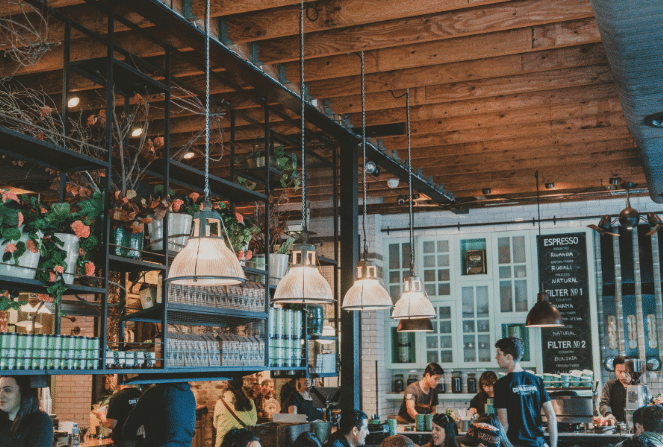
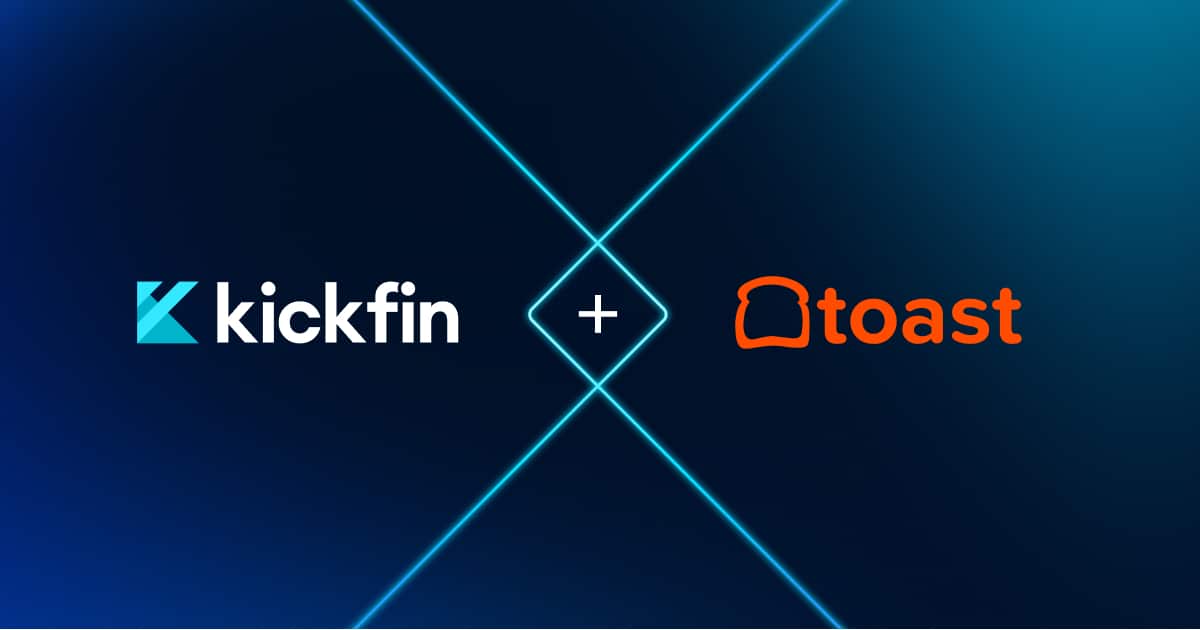

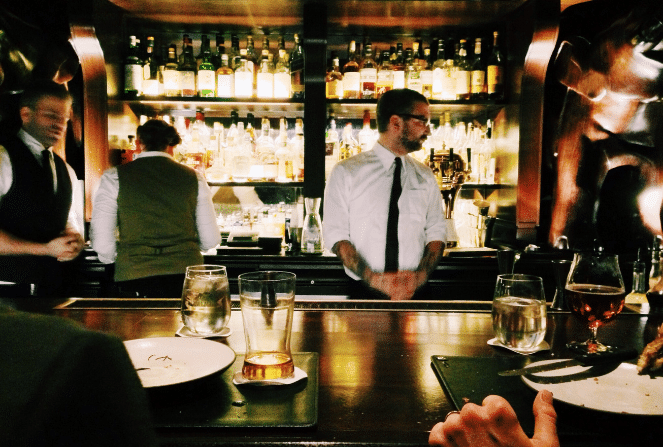
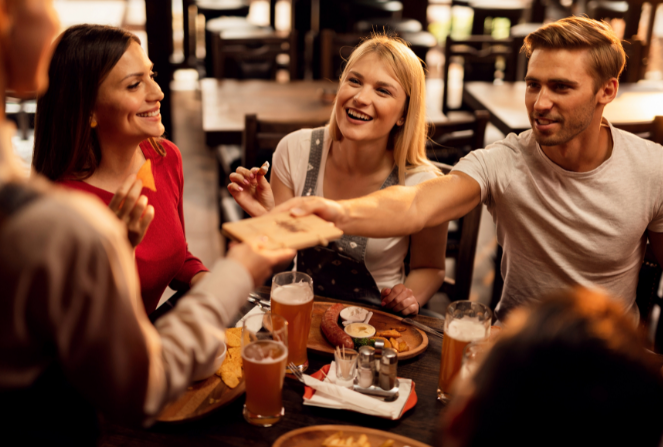



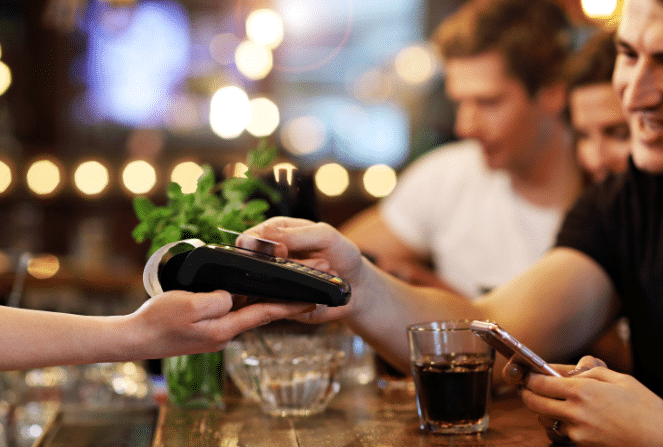

![[Video] How Industry Partners are Using Technology to Make Brewery Owners’ Lives Easier w/ CBP](https://kickfin.com/wp-content/uploads/2022/09/Use-for-Kickfin-Blog-Post-Images_July-2022.png)